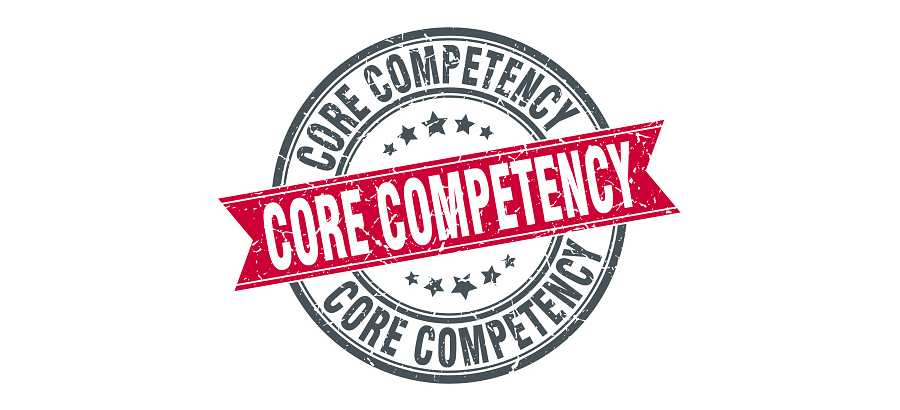In my previous blog post, How to Assess for ERP Competency, I defined competencies and discussed the process of assessing for competency, as opposed to assessing for knowledge. You may also recall some of the shortfalls of assessing for knowledge, which I pointed out in the ‘Cons’ section of my blog on The Pros and Cons of ERP Certification. I think this is a good time to explore the benefits of a competency-based approach to training and assessment. Here are six benefits – both for the employer and the employee.
1. Cost effectiveness
Since training activities and assessments in a competency-based approach are goal-oriented (i.e. they focus on areas identified as requiring performance improvement), employers don’t waste money or time on training the ‘wrong’ areas (i.e. areas in which employees are already capable). At the same time, employees are more motivated to learn when they realize the benefits of improved performance. In addition, training, development, and assessment can occur on the job, which makes it more cost effective for employers. Finally, since this approach focuses on improving performance, employers are able to reduce cost overruns caused by poor performance.
2. Efficiency
The transfer gap between the training environment and working on the job is reduced substantially in a competency-based approach. This is because training and assessment are relevant to what needs to be done on the job. As a result, it takes less time for employees to become competent in the required areas. This, in turn, contributes to improved efficiency where training and assessment are concerned.
3. Increased productivity
When employees are competent in meeting their work objectives, know what the performance expectations are, receive recognition for their abilities, and have insight into the overall strategy of the team, department, and organization, they are usually more motivated and experience higher job satisfaction.The result is improved productivity for organizations. Furthermore, the communication and constructive feedback between employers and employees improves as a result of a competency-based approach, which also increases productivity.
4. Improved profitability
Rather than relying on employees remembering a vast amount of information, organizations can make information (e.g. guides, tutorials, and ‘cheat sheets’) available to employees on the job, as and when the information is required. This has a dual effect – employees are able to use their knowledge and skills to problem solve instead, and organizations can reduce errors, both of which could have significantly positive impacts on bottom-line profits.
5. Reduced risk
Using a competency-based approach to training, development, and assessment, employers can create project teams of people with complementary skills. To do this, organizations record employees’ acquisition of skills, knowledge, safety and other procedures, and use this to identify and provide training and assessment for areas requiring development. Not only does this outline employee development and promotional paths within the organization and give employees the opportunity to learn more competencies beyond their roles, but it also provides the organization with greater ability to scale and flex as needed, thereby reducing the risk it faces.
6. Increased customer satisfaction
Employees who have been trained and assessed using a competency-based approach are, by definition, able to perform the required tasks associated with a job. The knock-on effect is that, in service-related industries, they are able to provide high service levels, thereby increasing customer satisfaction.
Being aware of these benefits, you should seriously be considering (if not actually implementing) a competency-based approach to training, development, and assessment in the near future.
Which one of the following approaches would you consider to be the most effective overall in getting ERP system end users to perform to the required standards in your business?






